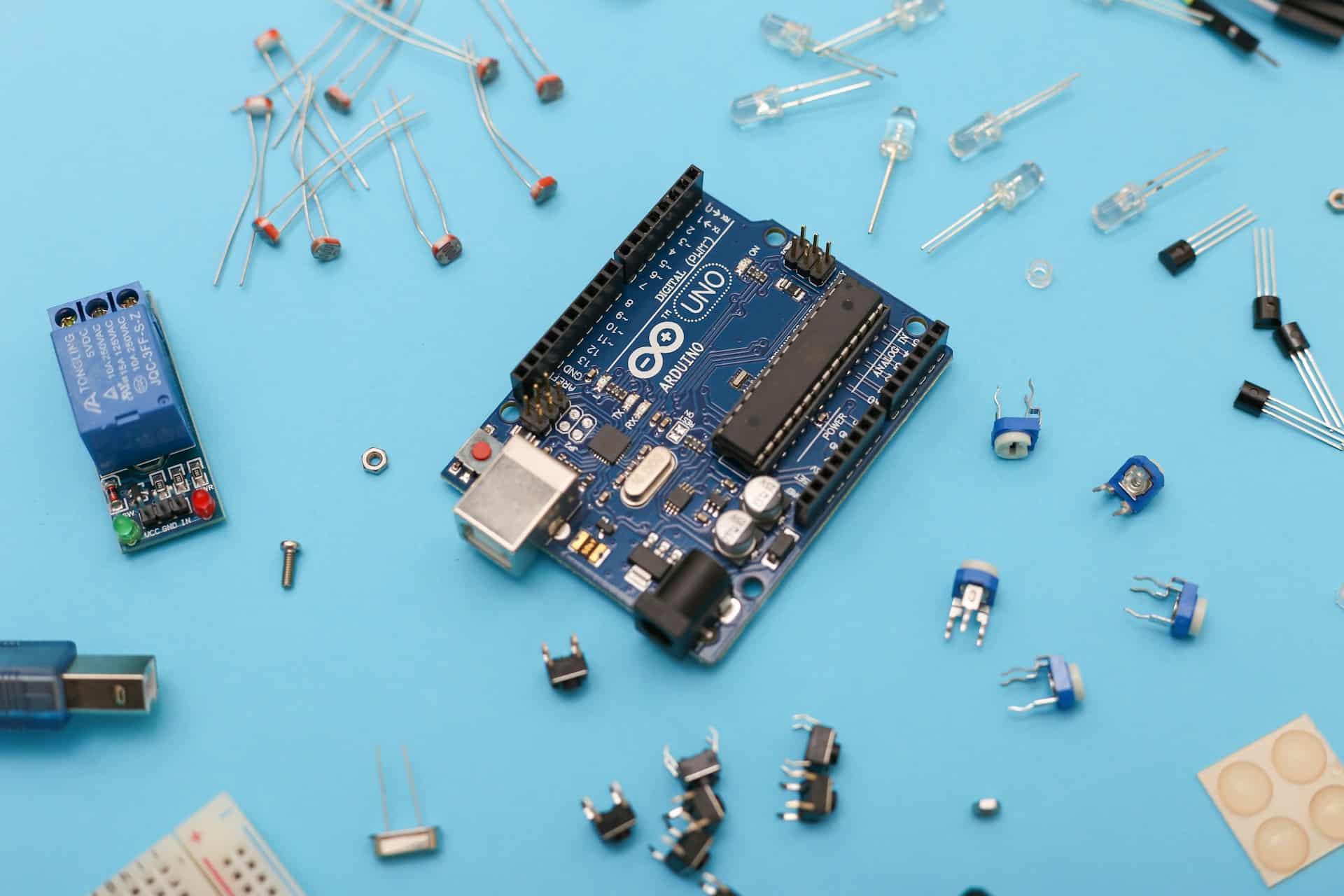
The current technological landscape has seen a significant shift toward the adoption of microservices architecture. This approach allows for the development of applications as a suite of small, independent services, each responsible for a specific functionality. While this presents numerous advantages, it also introduces complex security challenges, especially in the areas of authentication and authorization. In this article, we will delve into the best practices for handling authentication in microservices.
When dealing with microservices, the terms authentication and authorization are often used interchangeably, albeit incorrectly. Authentication verifies the identity of a user or service, while authorization determines what that user or service can access. Effective authentication ensures that only legitimate users gain access to the system, whereas authorization ensures proper access control within the system.
Lire également : How can you use AWS Glue for building data catalogs?
In a microservices architecture, each microservice can have its own authentication and authorization mechanisms. However, this decentralized approach can lead to inconsistencies and security vulnerabilities. Instead, a centralized authentication service can provide a unified and secure solution.
One of the best practices in a microservices architecture is to implement a centralized authentication service. This service acts as the single source of truth for verifying user identities across all microservices. By centralizing authentication, you can ensure consistency and reduce the complexity of managing credentials in multiple places.
Dans le meme genre : How do you set up a secure web server using Let's Encrypt SSL certificates?
A popular approach to centralized authentication is using an API Gateway. The API Gateway serves as the entry point for all client requests, handling tasks such as authentication, authorization, and traffic routing. With an API Gateway, you can offload authentication logic from individual microservices to a dedicated service, simplifying the overall architecture.
In a distributed system like microservices, maintaining a stateless architecture is crucial for scalability and flexibility. Stateless authentication can be achieved through the use of tokens, such as JWT (JSON Web Tokens). JWT allows you to embed user identity and authorization information within a secure token, which can be passed along with each request.
When a user authenticates, the centralized authentication service generates a JWT, which the client includes in subsequent requests. Each microservice can then verify the token and extract the necessary information without needing to contact the authentication service repeatedly. This approach reduces latency and improves performance.
While JWTs offer a powerful way to implement stateless authentication, proper token management is essential to ensure security and efficiency. Here are some best practices for managing JWTs in microservices:
Once authentication is handled, the next step is to implement authorization to control access to different parts of your system. Role-Based Access Control (RBAC) is a common approach to manage authorization in microservices. RBAC assigns roles to users, and each role has specific permissions to perform certain actions or access certain resources.
To implement RBAC effectively, you need to define a set of roles and the associated permissions. Roles should be designed to reflect the various levels of access required by different types of users. For example, you might have roles such as Admin, User, and Guest, each with varying levels of access to the system's functionality.
In a microservices environment, enforcing RBAC can be challenging due to the distributed nature of the system. However, following these best practices can help you implement RBAC effectively:
To enhance the security of your microservices architecture, consider integrating Multi-Factor Authentication (MFA). MFA adds an additional layer of security by requiring users to provide multiple forms of verification before gaining access. This can significantly reduce the risk of unauthorized access, even if a user's credentials are compromised.
Integrating MFA into a microservices environment involves several steps:
In the realm of microservices architecture, effective handling of authentication and authorization is paramount to ensuring the security and integrity of your system. By implementing a centralized authentication service, leveraging tokens for stateless authentication, enforcing Role-Based Access Control (RBAC), and integrating Multi-Factor Authentication (MFA), you can establish a robust security framework.
Remember, the best practices outlined in this article are not just guidelines but essential steps to safeguard your microservices against unauthorized access and potential breaches. By adopting these practices, you can create a secure and resilient microservices architecture that meets the demands of today's complex digital landscape.
In summary, securing authentication in microservices requires a comprehensive approach that includes centralized authentication, token-based authentication, Role-Based Access Control, and Multi-Factor Authentication. By following these best practices, you can build a secure and scalable system that effectively protects your users and their data.